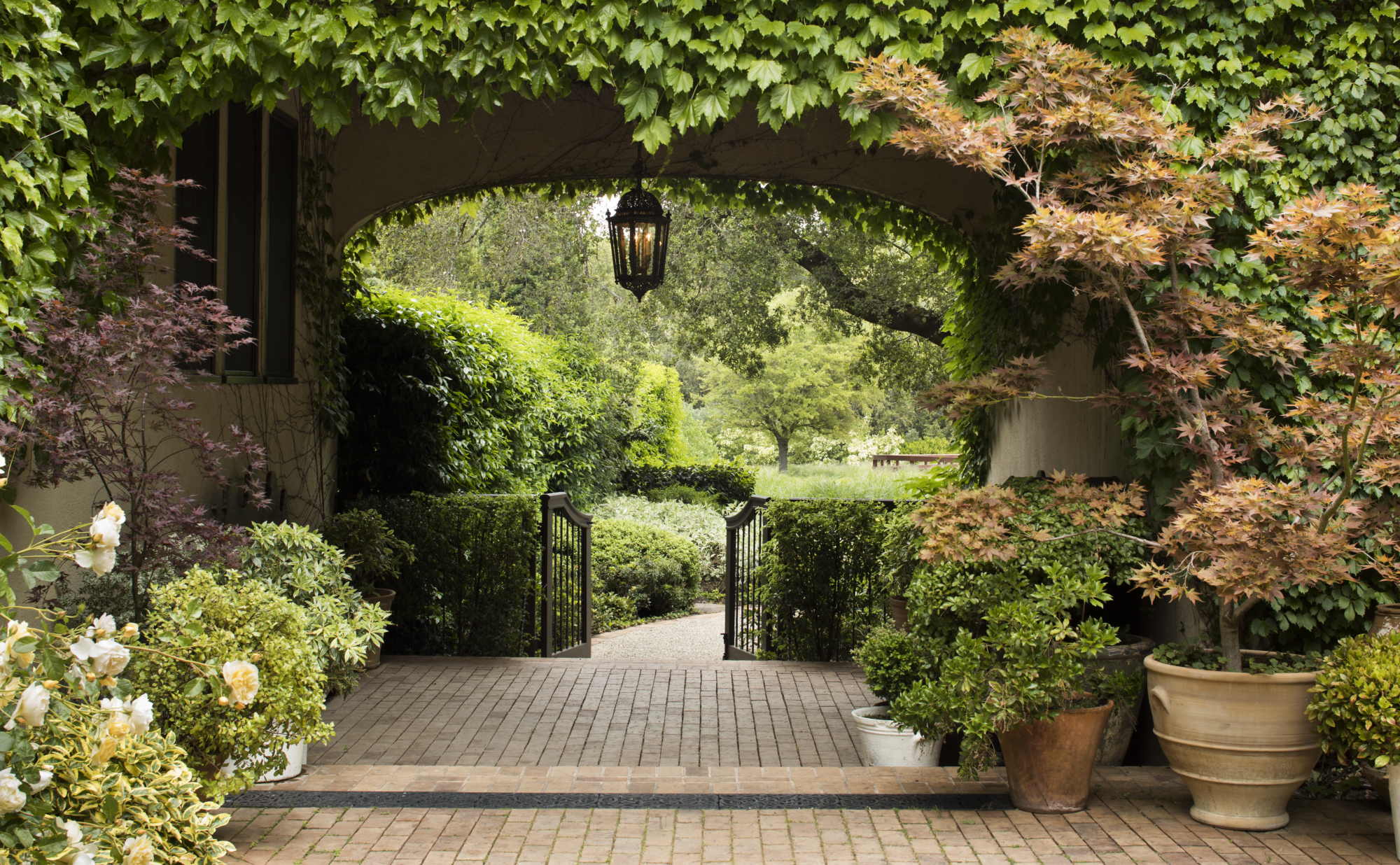Gneiss is a high-grade metamorphic rock, meaning that it has been subjected to higher temperatures and pressures than schist. It is formed by the metamorphosis of granite, or sedimentary rock. Gneiss displays distinct foliation, representing alternating layers composed of different minerals. However, unlike slate and schist, gneiss does not preferentially break along planes of foliation because less than 50% of the minerals formed during the metamorphism are aligned in thin layers. Because of the coarseness of the foliation, the layers are often sub-parallel, i.e. they do not have a constant thickness, and are discontinuous.
Gneiss is typically associated with major mountain building episodes. During these episodes, sedimentary or felsic igneous rocks are subjected to great pressures and temperatures generated by great depth of burial, proximity to igneous intrusions and the tectonic forces generated during such episodes. Gneisses from western Greenland comprise the oldest crustal rocks known (more than 3.5 billion years old). Gneiss is an old German word meaning bright or sparkling.
Gneiss is medium grained and well foliated to well foliated and sheared. Gneiss is very thick density (2.6-2.9) and has varying hardness because it can be composed of a variety of minerals. Colors in gneiss are variable with alternating light and dark discontinuous bands. It is generally rough to touch.
Gneiss is quarried for use as building stone and monuments. It is commonly used as a dimension stone for building facing stones and paving as well as for gravestones and work surfaces such as counters. It is also used as an ornamental stone.
In the U.S., Gneiss quarries can be found in Georgia, North Carolina, and Minnesota, among others. Many of the buildings and retaining walls at the U.S. Military Academy in West Point, NY are made of gneiss. Athens Gneiss was used on Lumpkin House at the University of Georgia in Athens. Granitic gneisses are used on Rock Inn at Lake Hughes, CA.
Photos:
